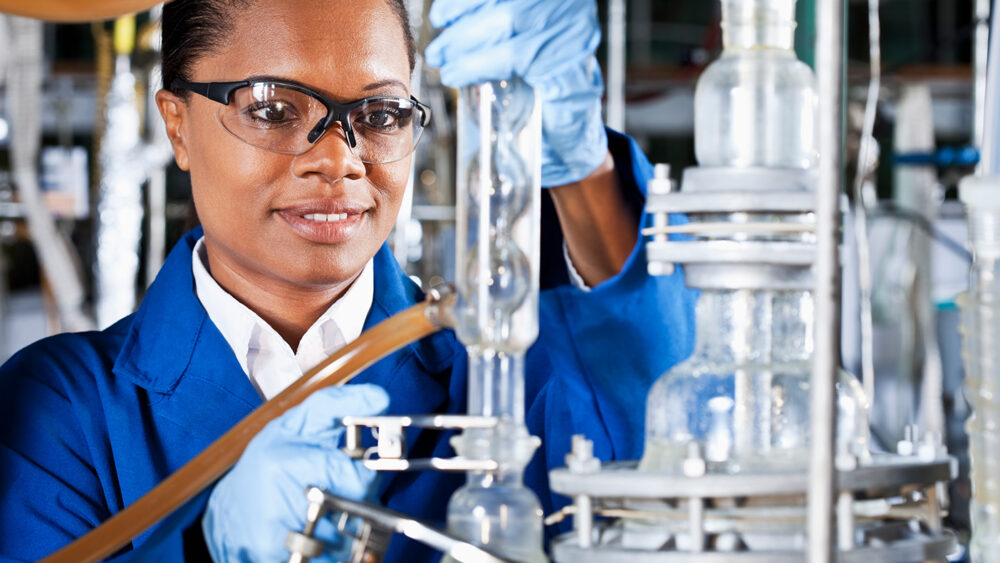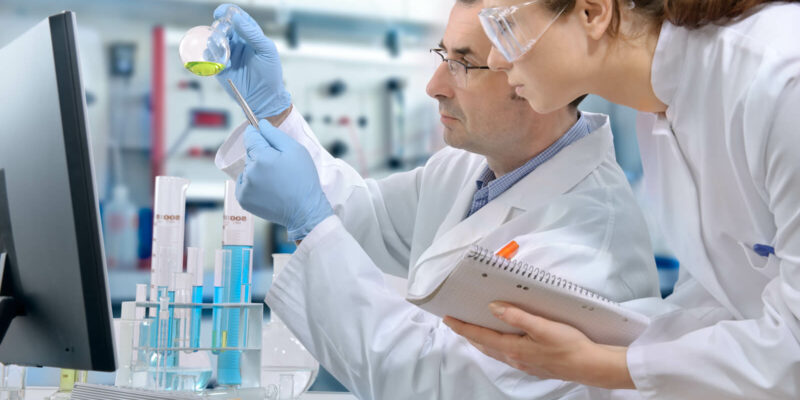
Titanium Dioxide: A Safe, Versatile Ingredient in Personal Care Products
As summer is underway and you’re enjoying the great outdoors, it’s important to use sunscreen to help protect your skin from the sun’s damaging ultraviolet rays. One of the main ingredients in mineral sunscreen is titanium dioxide Titanium dioxide is also a key component of an array of skincare and personal care products like lotion, soap, shampoo, and deodorant. Read on to learn more about titanium dioxide in personal care products.











